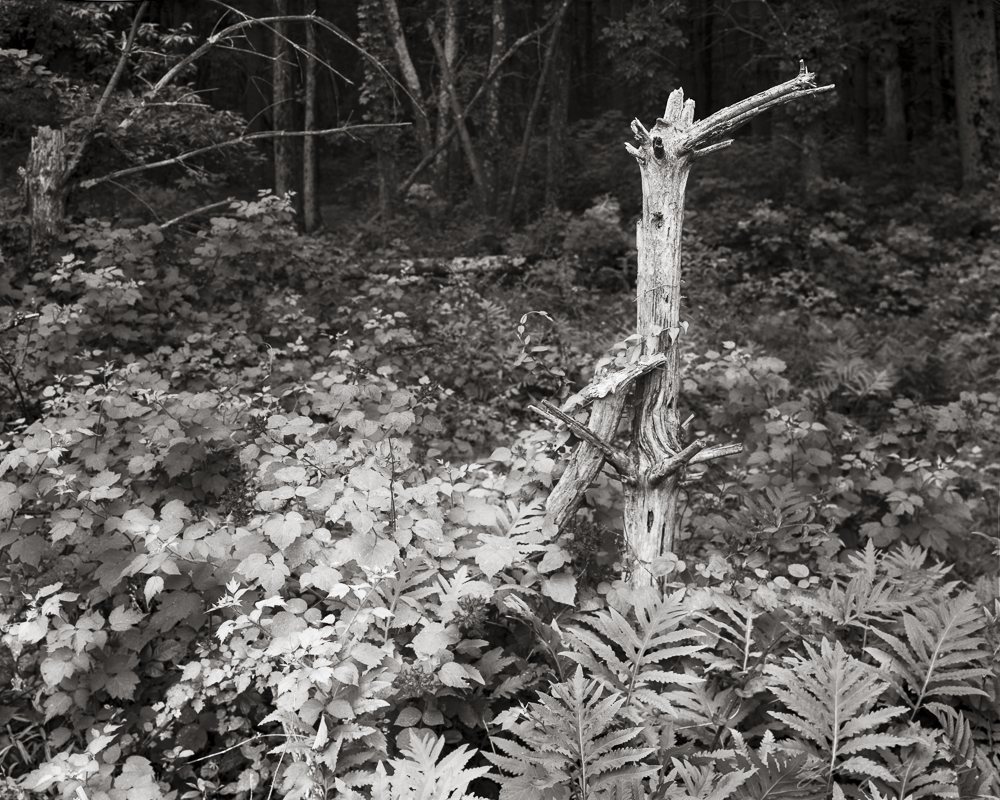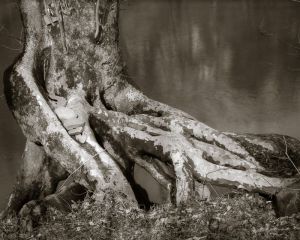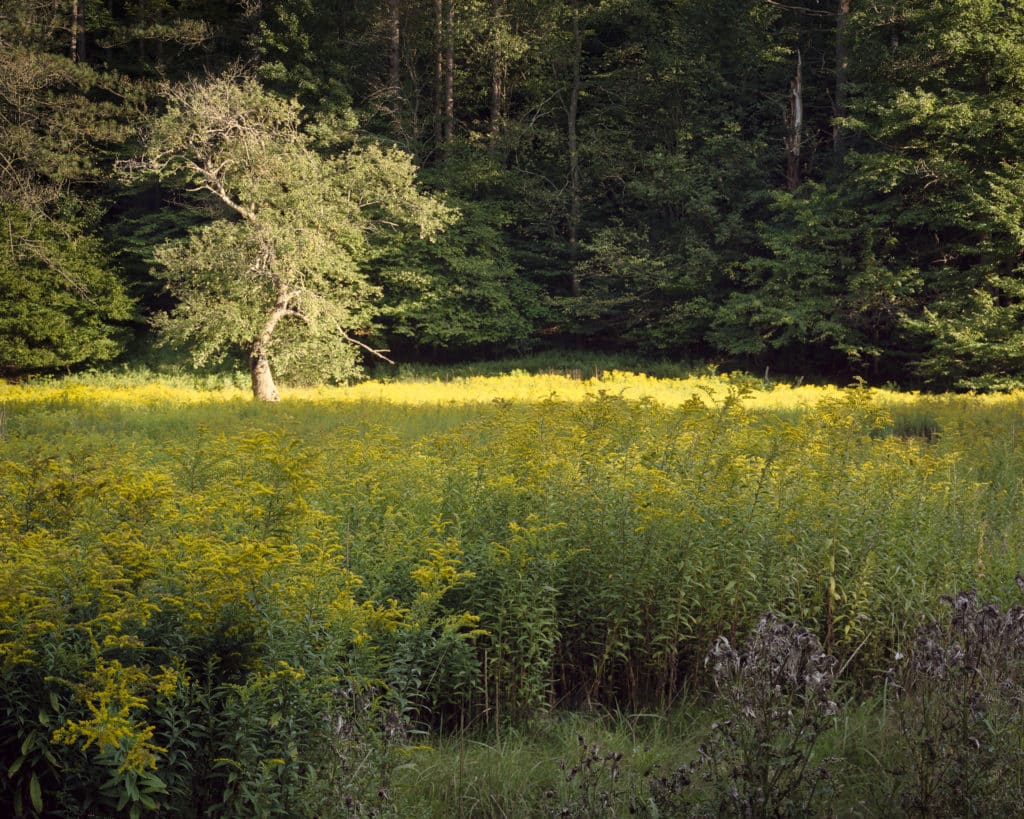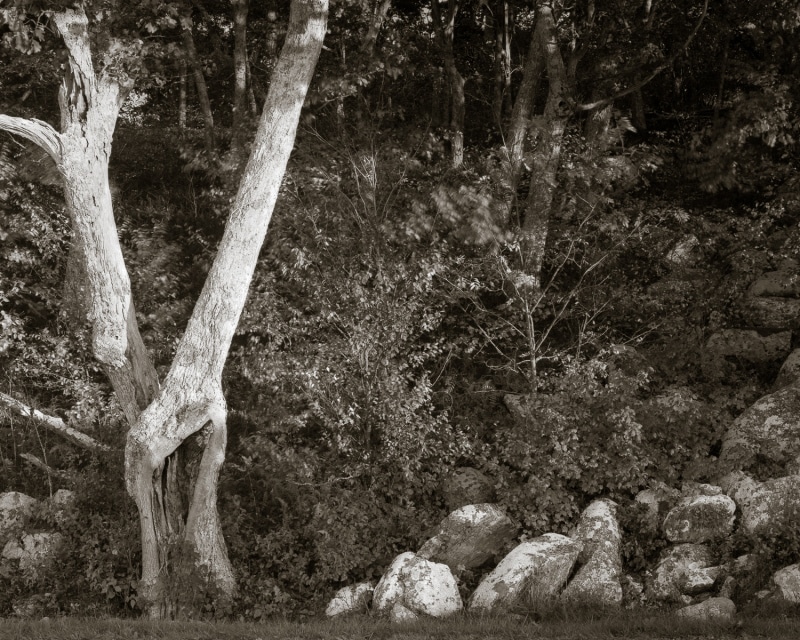
Have you ever wondered what it is about a photograph that makes you stop and stare? Not many photographs will do that, but some do, surely, and those are good photographs. What makes a good photograph? Or more importantly, what makes a photograph good?
I look at a lot of pictures; it’s my job, so to speak. I admit though, that very, very few make me stop and stare. A quick glance is enough to tell me when a picture just isn’t important enough to stop what I’m doing to explore it.
Is it the same with you? Do you skim over most of the pictures put in your face, but every now and then find one that keeps you spellbound for minutes at a time? What is it about such pictures that are so important that you feel compelled to spend your time with them?
John Szarkowski, the long time Director of Photography at the Museum of Modern Art in New York, had clear ideas about what makes a picture a “good picture.” He said
“The best pictures are important because they achieve the high goal of art: simply and gracefully they describe experience–knowledge of the world–that we had not known before.”
Simply put, Szarkowski suggests the two main attributes of a good picture. First, it has to be simple and graceful. Second, it has to show us something new.
Simplicity and gracefulness relates to the aesthetics of the picture, and aesthetics relate to the craft of the artist.
A good artist having a high level of craft knows how to create something that is simple and graceful. I love my 5 year old granddaughter’s drawings, but they aren’t what I would call simple or graceful. I love them for a reason that has nothing to do with aesthetics. But I doubt my next-door neighbor would feel as I do about my granddaughter’s drawings.
Long ago I decided what simple and graceful meant in my own craft. Simple means compositions having not more than 3-4 components, such as “trees+water+sky” in a vista landscape or, as in Exposed– “tree skeleton+foreground foliage+background forest”. All the rest of the chaotic forest environment I edited out when I took the picture to give me a chance to make the final image simple and graceful.
Simple also means using lines and simple shapes to lead you through the story. For example, Exposed contains simple lines created by the foreground foliage that lead the eye to the main character (the tree skeleton). The tree then itself presents a simple line leading you to the dark, forbidding forest, which then stops the eye to return to explore the story of the small tree and foliage again. Lines and shapes can be very subtle yet still be effective in leading us through the visual story.
Graceful is more difficult to describe. Gracefulness has less to do with the subject of the picture and more about how the artist presents the subject. I love photographs having dramatic but delicate lighting and a wide range of mysterious shadows. And I love elegant, natural transitions from light to shadow. On the other hand, I dislike harsh, empty highlights as much as I dislike empty, pure black shadows. To my tastes, such harshness in a image lacks gracefulness and elegance.
Szarkowski’s second point about knowledge of the world–and I find this the hardest part of making good photographs–relates to the visual story told by the picture. He says a good picture will “..describe experience..that we had not known before.”
If a picture doesn’t change you in the least, perhaps it’s because you’ve seen millions of similar pictures; it shows you nothing new, it’s too common or cliché. You probably found the story boring, uninteresting, and thus, not important.
When an artist does show you something you haven’t seen before and you find the story compelling and interesting, then you are more apt to remember it. This new memory will change you, perhaps ever so slightly, but change you nevertheless. That is what Szarkowski meant by the “high goal of art.”
It’s not easy to make a picture that simply and gracefully says something entirely new to people who see it. That’s why there are so few good photographs. And with so many pictures being shown to us today, it’s harder than ever before to make good photographs that reveal something new.
The last thing I want is for my pictures to be cliché, common, or unimportant. Instead, I want to make only good photographs. I want to be deeply moved by them, and I want others to be deeply moved by them. They should show something new, to change the way people think about the world. To perhaps even find room in their visual memory for it to live forever! It’s a very high bar to reach, and I’m prepared to never reach it, but there it is.
If I ever reach that bar, it means I’ve succeeded as an artist, because I will have created something that approaches “the high goal of art.”
When you find a picture that tells you a story (i.e., an experience) that is new to you, and the story is well-told through high-craftsmanship (simply and gracefully), then you’ve found a keeper that you’ll enjoy for years. Take action to own it and live with it–either in your visual memory or on the wall of your favorite space. As I like to say, you deserve to live with the art you love!
Want to read how other photographers answer this question? Read this article.
A note about Exposed:
Forests offer so much to see. Yea, there are trees, I know. But what often draws me to forests is that there are also lots of interesting characters and shadows hiding things from the light. And sometimes, I find something in the forest that is well-lit when it shouldn’t be.
This small tree, long dead and only now existing as a skeleton of what it once was, is an example. The dark, shadowy forest in the background suggested to me that this small tree should have been back amongst its peers. Under the protection of the canopy. But instead it was out in the clearing, exposed to the elements of Mother Nature and Man, and the result is clear. The story didn’t end with the death of the tree, however. Visual stories rarely ever end, do they?
Exposed is available as a limited edition fine art print from 14×11″ to 40×30″ here
See hundreds of other examples of scenes from nature, romantic landscapes, and old nostalgic architectural subjects /here/


 Not all photographs inform us. Some styles of photography create such obvious deceptions that the first question we ask is “..how did the photographer do that?” The deception is too obvious to be believed. In fact, informing us is not the purpose of such photographs, so they don’t fit within this discussion. It’s sometimes fun to see how photographers ‘photoshop’ natural subjects (like the “multicolored” Giant Squirrel of India) to create internet sensations… yea,… right.
Not all photographs inform us. Some styles of photography create such obvious deceptions that the first question we ask is “..how did the photographer do that?” The deception is too obvious to be believed. In fact, informing us is not the purpose of such photographs, so they don’t fit within this discussion. It’s sometimes fun to see how photographers ‘photoshop’ natural subjects (like the “multicolored” Giant Squirrel of India) to create internet sensations… yea,… right. 




